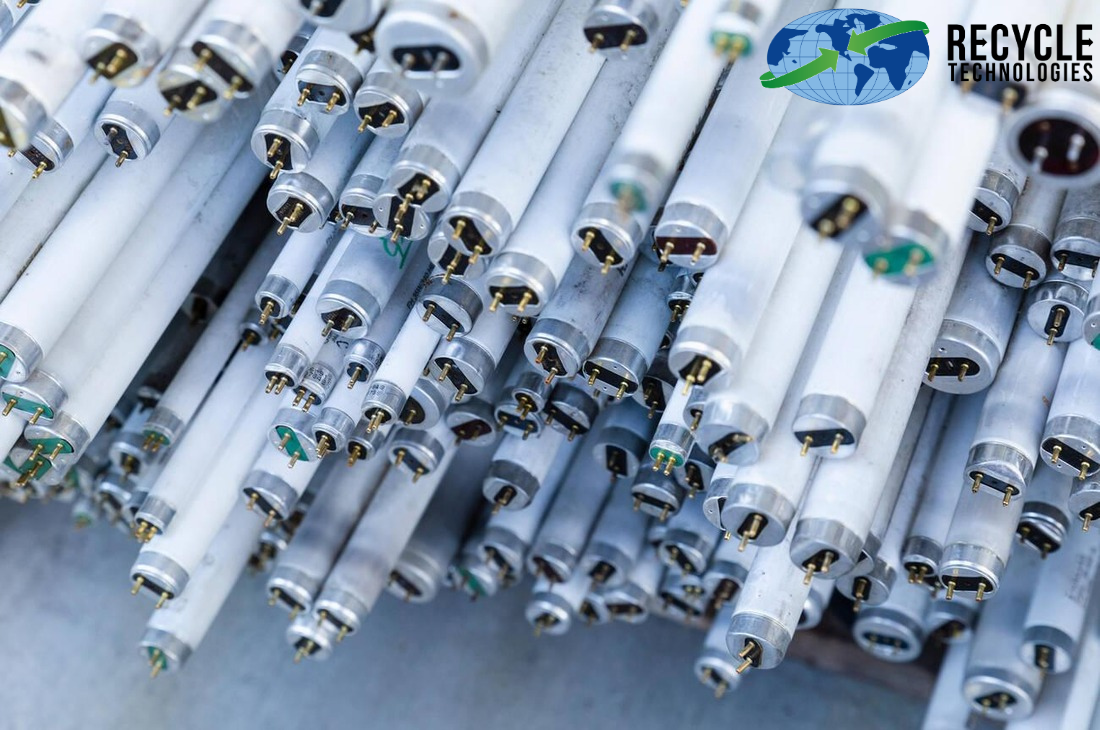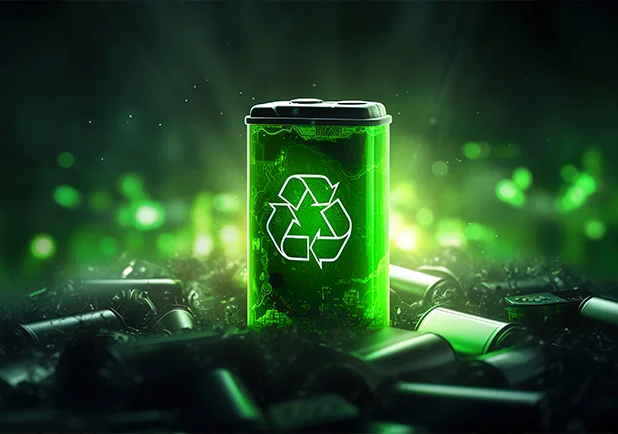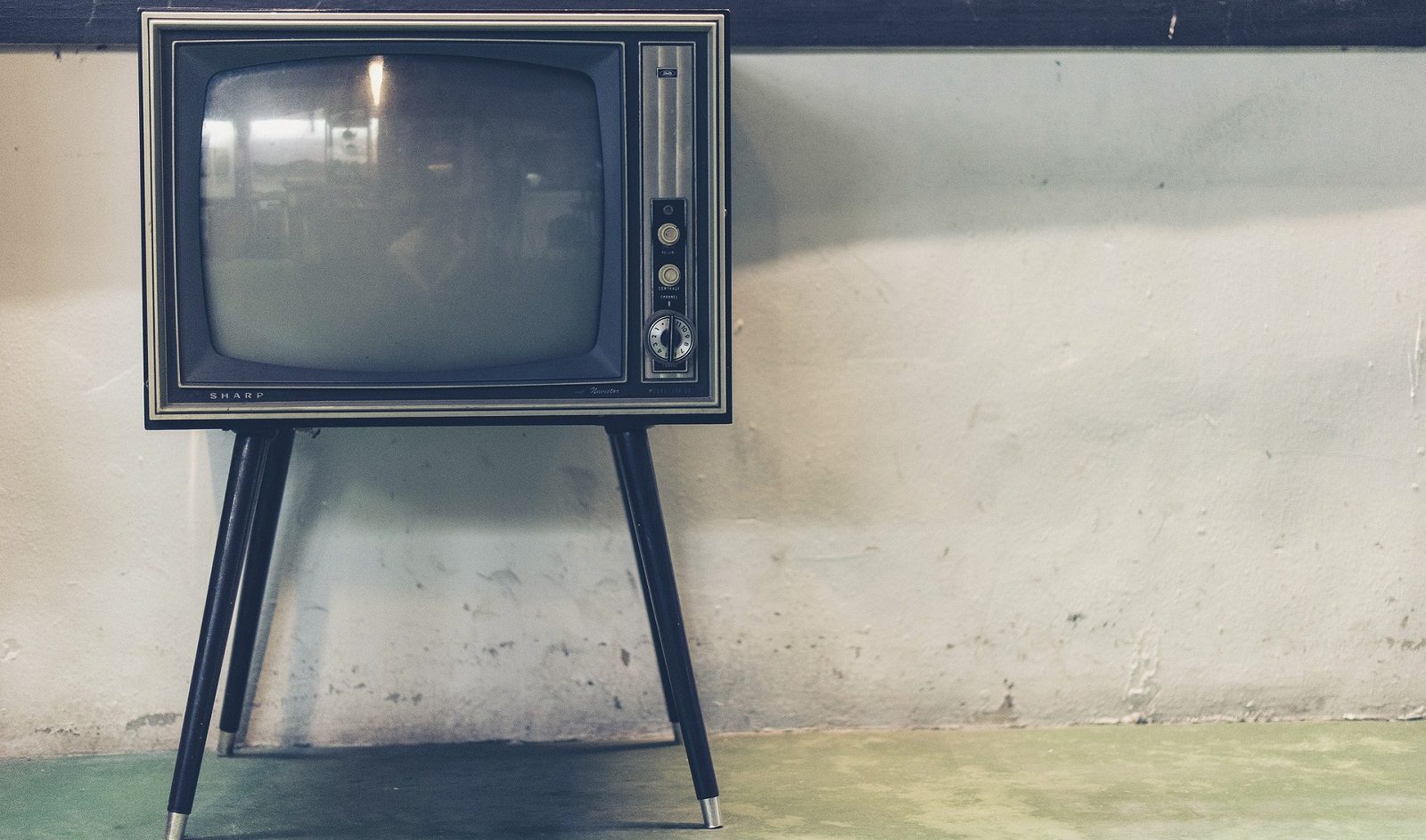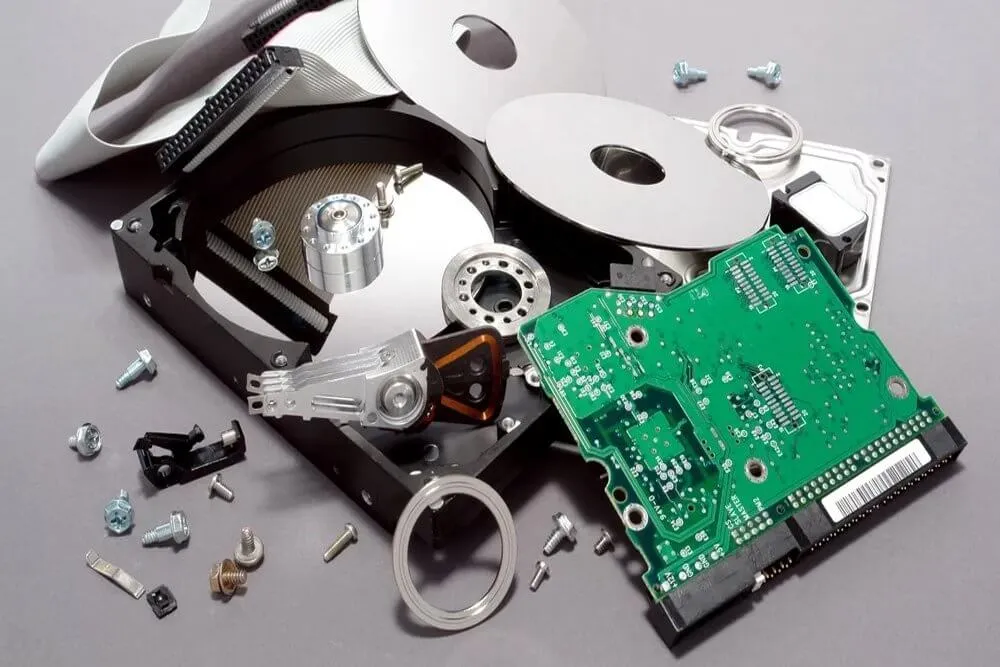Whenever people dispose off fluorescent lamps or other lighting sources, they are often unaware of ballast recycling. It is because fluorescent lights contain capacitors, insulators, and coolants — all of which require special treatment before a lamp is renewed.
At Recycle Technologies, one of the few minority-owned recycling businesses in the Midwest, we offer various e-waste management services, including this recycling. We understand that fluorescent light ballasts disposal systems need to be safer for humans and the environment, both in the manufacturing and recycling processes.
In this blog, we highlight our processes for recycling, how you can find competent ballast recycling centres near you, and the energy-efficient ways to minimise such e-waste in the future.
What Are Light Ballasts?
A fluorescent light ballast's primary function is to maintain a consistent voltage supply to the lamp. Copper wire, steel or aluminium housing, epoxy resins, and potentially harmful PCBs are all found in older magnetic ballasts.
Modern electronic ballasts ditch PCBs in favor of plastic housing and potting compounds, and aluminium windings. Rare earth elements are present in both types, albeit in much smaller quantities than the precious metals copper, aluminum, and steel. All of these materials can be salvaged through proper recycling.
Why Recycle Ballasts?
Many ballasts have been found to contain harmful substances like PCBs and DEHPs. While ballasts made after 1978 are designated as "non-PCB" or "contains no PCB," the presence of DEHP is not always indicated by a label. Known to be harmful to both human health and the environment, DEHP began to replace PCBs in ballasts after 1978.
All liquid-containing ballasts (also known as "wet ballasts") are considered regulated trash due to the presence of PCBs and DEHPs, which pose health and environmental risks, and should be recycled.
Our professionals at Recycle Technologies provide a wide array of services which involve multiple types of recycling like ballast in line with the manufacturing changes.
Also Read: Ballast Recycling Kits
Dangers of Improper Ballast Disposal
Ballasts are extremely dangerous to human and environmental health if they are not properly disposed of or kept after use. The PCBs in the ballasts are man-made chemical toxins which can come in contact with humans even via skin, water, and food that we eat. Research has shown that PCBs are highly carcinogenic, severely affecting the immune system, reproductive system, nervous system, and endocrine system.
When it comes to non-PCB ballasts, the DEHP chemical is deemed highly hazardous by US EPA's Superfund Regulations . Quite similar to PCB, DEHP can enter the human body through inhalation, ingestion, and dermal contact on a daily basis. The chemical is also poisonous to many animals when exposed to landfills or water bodies. By removing the harmful components from ballasts through recycling, both the workplace and the environment benefit. If not managed smartly, the damage these items can cause is grave.
Many businesses who don't recycle their ballasts face hefty fines and the cost of cleaning up a landfill because of regulatory rules. Many US states have their own legal penalties for not recycling ballasts properly. Our recycling centers in Minnesota and Wisconsin follow the state and county regulations for proper recycling.

Why Should I Choose RTI for Ballast Recycling?
For starters, Recycle Technologies (or RTI) offers a wide range of recycling services for nearly all kinds of ballasts. These include PCBs, non-PCBs,, DEHP, electronic and magnetic ballasts. Here are some other notable reasons why you should choose RTI for ballast recycling:
- Compliance with all environmental regulations for transport and processing
- Use of advanced shredding and separation technologies
- High materials recovery rates
- Environmentally safe disposal of unrecoverable waste
- National reach with local/regional collection services
- Tracking and documentation for reporting and compliance
- Experienced staff with technical expertise
- Commitment to environmentally sustainable practices
Benefits You Get By Using Our Ballast Recycling Services
Using our ballast recycling services provides important benefits, e.g., it:
- Keeps mercury, lead, and PCBs out of landfills and groundwater
- Recovers aluminum, copper, steel, tin, rare earth elements for reuse
- Conserves resources and energy used in material production
- Reduces need for mining raw materials
- Saves money on waste disposal costs
- Provides data on energy savings and waste reduction
- Complies with environmental regulations for handling hazardous waste, e.g., EPA
How To Handle Ballasts
We adhere to EPA’s guidelines for disposing off ballasts properly. It includes advising our clients to take care of the e-waste until they reach our recycle centers to drop the package. Following are EPA Guidelines for public handling of ballasts in intact form. We strongly recommend following these guidelines.
EPA Guidelines for Handling Intact Ballasts
It is always important to wear rubber gloves when handling toxic electronic components. Because they can easily get into our bloodstream when they come into contact with, rubber gloves will not absorb PCB/DEHP. It is even better if you put on a pair of goggles or a face shield. Do not touch your face with your hands during the whole process.
Intact ballasts might still be working, so carefully turn off the light fixture at the switch, and disconnect electricity at the fuse or breaker box. Let the ballast cool for 20 to 30 minutes before trying to remove the ballasts. Remove the metal cover over the wiring and ballast unit.
Loosen the ballast by taking out the metal screws that hold it to the end of the fixture. Cut the electrical wires going to the ballast and remove the ballast. Immediately take the ballast to a recycling facility near you for proper disposal.
Guidelines for Handling Leaking Ballasts
If you find that the ballast is leaking fluid, special handling of the entire light fixture may be required. In this case, contact recyclers such as Recycle Technologies for further guidance and procedure. You can contact us at (800) 969-5166, or get a free quote here.
Also Read: Recycle Technologies Complete E-Waste Recycling Process
How RTI Handles Ballast Recycling
Once we receive your package containing ballasts, we start our recycling process. The process may vary minutely from company to company, but they are generally the same. Following is a brief overview of the ballast recycling process:
- Ballasts are safely removed from lighting fixtures at customer facilities.
- E-waste is inventoried, logged, and packed into shipping containers.
- Ballasts go through sorting to separate different types.
- Hazardous materials are safely removed and contained.
- Ballasts are shredded and materials mechanically separated.
- Valuable metals and materials are reclaimed for reuse.
- Containers are transported to an EPA-approved incineration facility.
- Customers receive documentation on ballasts recycled and the environmental benefits (certificate of recycling).
Conclusion
Recycling light ballasts requires specialized capabilities and expertise along with a strong environmental ethic. Proper ballast recycling maximizes resource conservation while minimizing hazardous waste and protecting the environment.
At RTI, we propose that businesses and organizations switching to LED lighting should partner with a qualified ballast recycler for responsible end-of-life management. We hope that these toxins are slowly dropped out of the recycling cycle to help maintain environment integrity and human health.
If you have to recycle a ballast, contact us at our Minnesota and Wisconsin facilities on these numbers – MN: (800)305-3040, WI: (800)969-5166.












